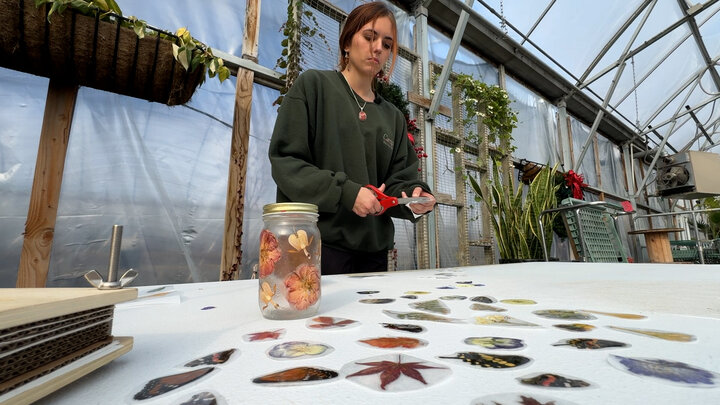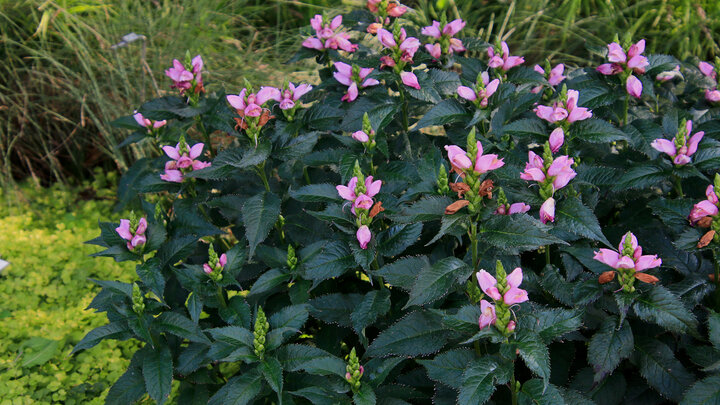Native plants are having a moment—and it’s more than just a trend. Gardeners and homeowners are embracing the beauty, resilience, and ecological benefits of using native species in their landscapes. Still, some hesitate, concerned about overly wild looks or aggressive spread.
Good news: With the right selections, native plants can offer refined beauty and remain well-behaved in your garden.
Easy Elegance: White, Yellow & Purple
A foolproof way to dip your toes into native gardening is through bold, timeless color combinations. The trio of white, yellow, and purple creates high contrast that draws the eye and enlivens any space—without overwhelming it.
Add depth and elegance by varying plant heights and incorporating diverse foliage textures. The result? A garden that’s both dynamic and cohesive.
4 Native Plants That Deliver
These standout selections offer color, structure, and pollinator support—with minimal maintenance.
1. Foxglove Beardtongue (Penstemon digitalis)
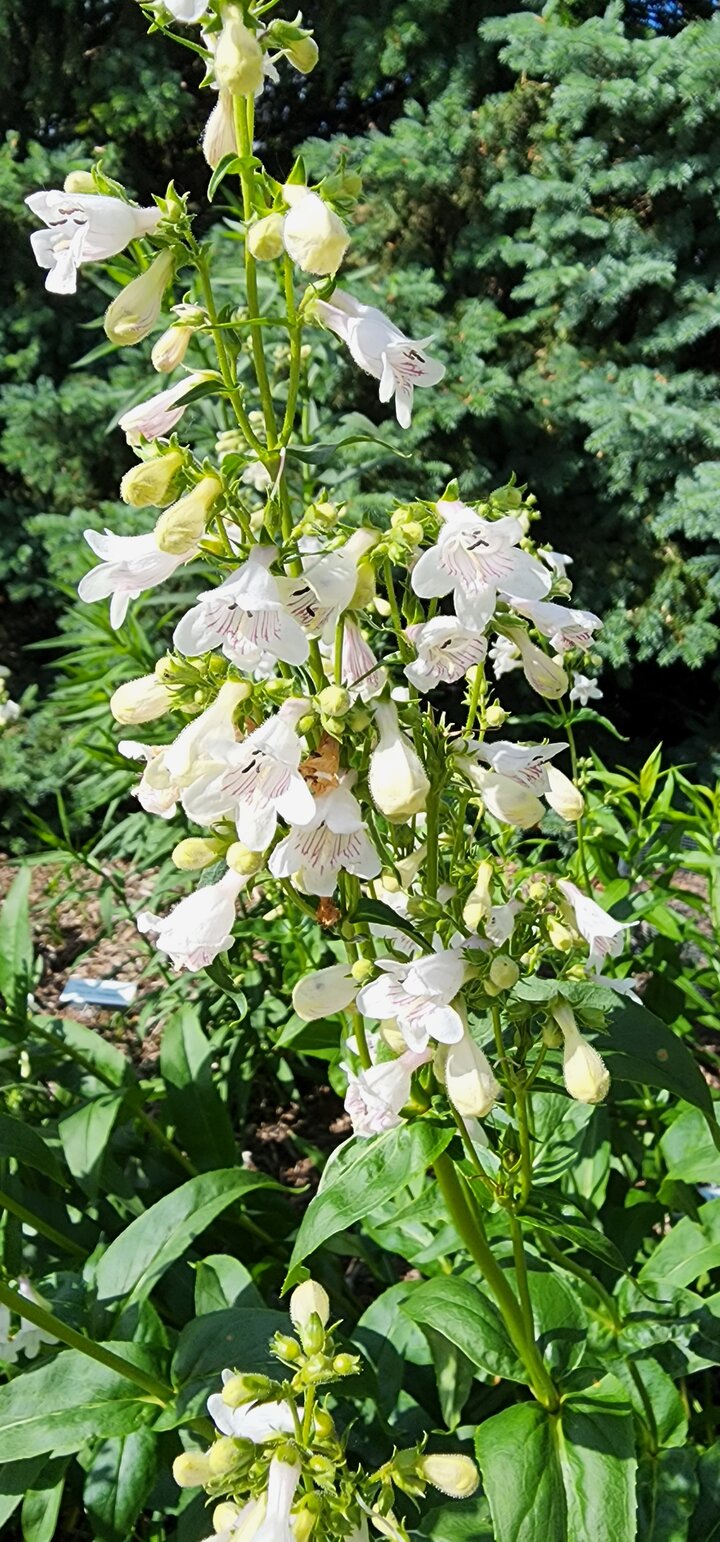
Tall, upright stems with white tubular blooms in early summer. Excellent for pollinators, with dark green foliage that remains attractive after flowering.
🔹 Height: 2–4 feet
🔹 Sun: Full to partial
🔹 Bonus: Adds vertical interest and elegance.
2. Prairie Purple Clover (Dalea purpurea)

A compact perennial with soft, airy foliage and vivid purple blooms that attract bees and butterflies.
🔹 Height: 1–3 feet
🔹 Sun: Full
🔹 Tip: Patience pays—may take a couple seasons to establish.
3. Purple Poppy-mallow (Callirhoe involucrata)
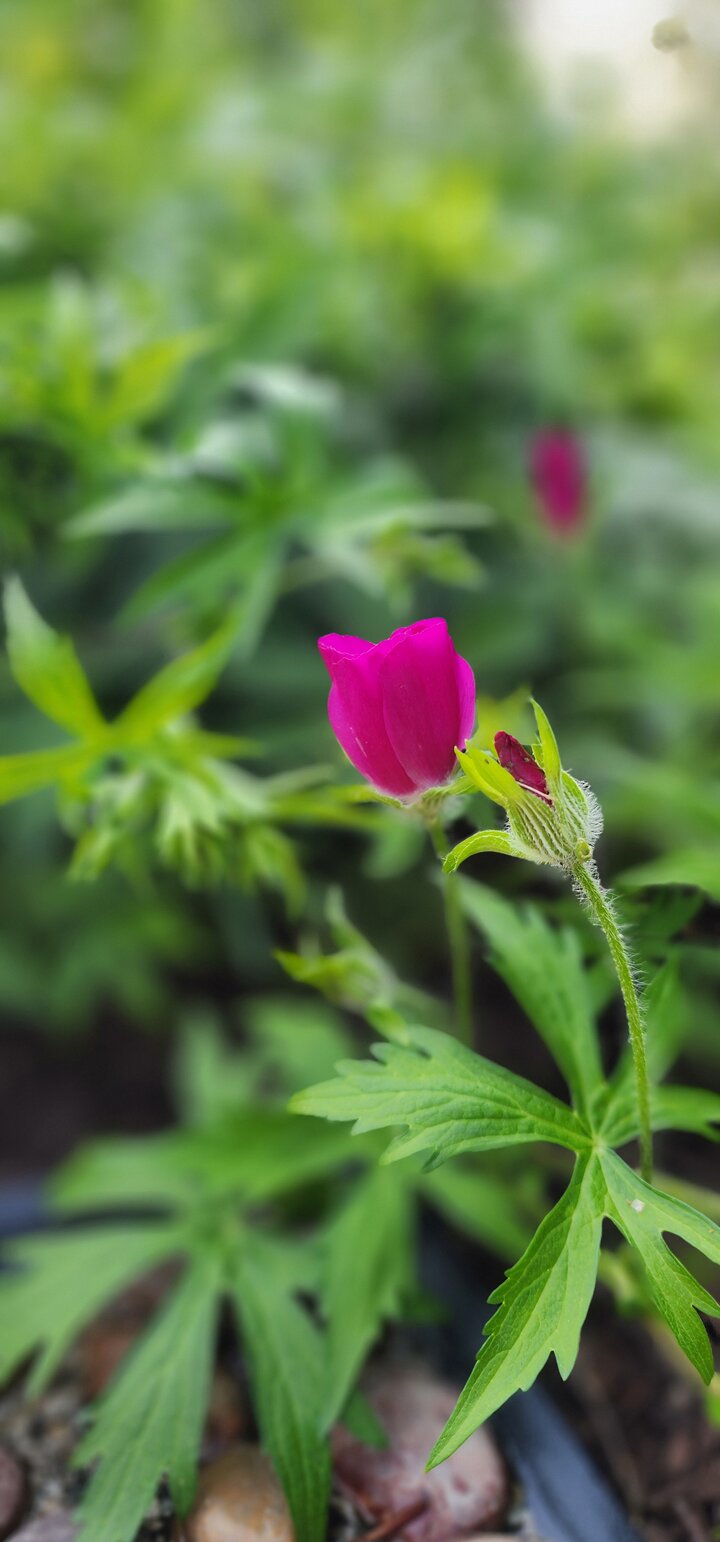
A sprawling groundcover with magenta, cup-shaped blooms. Great at garden edges or nestled between taller plants.
🔹 Height: 6–12 inches
🔹 Sun: Full
🔹 Highlight: Bold color meets soft form.
4. Missouri Evening Primrose (Oenothera macrocarpa)
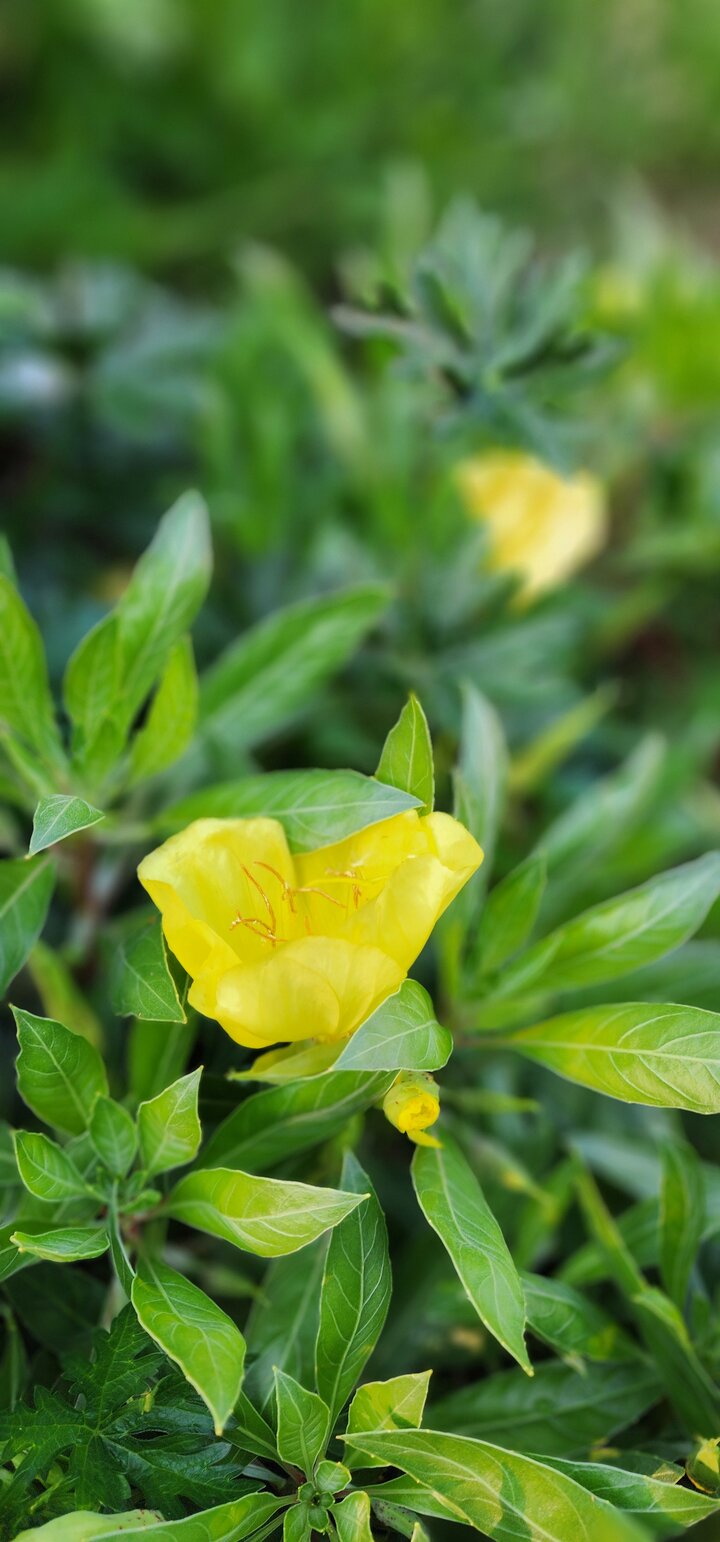
Large, bright yellow flowers that open in late afternoon, this sun-lover offers bold color and thrives in hot, dry spots.
🔹 Height: 6–10 inches
🔹 Sun: Full
🔹 Perk: A showstopper for hot spots.
Striking, Sustainable & Simple
All four plants are increasingly available at local garden centers. Once established, they’re drought-tolerant, pollinator-friendly, and low maintenance—making them ideal for homeowners who want stunning results without the fuss. If you're seeking a landscape that blends beauty, ecological value, and ease of care, these native picks truly offer the best of both worlds.


